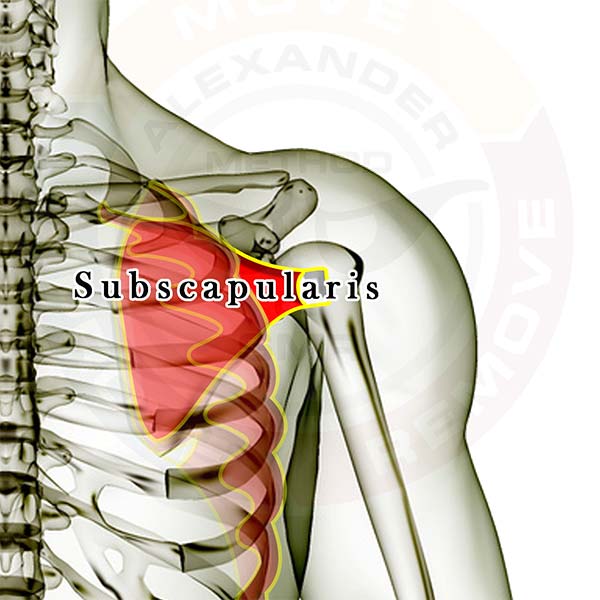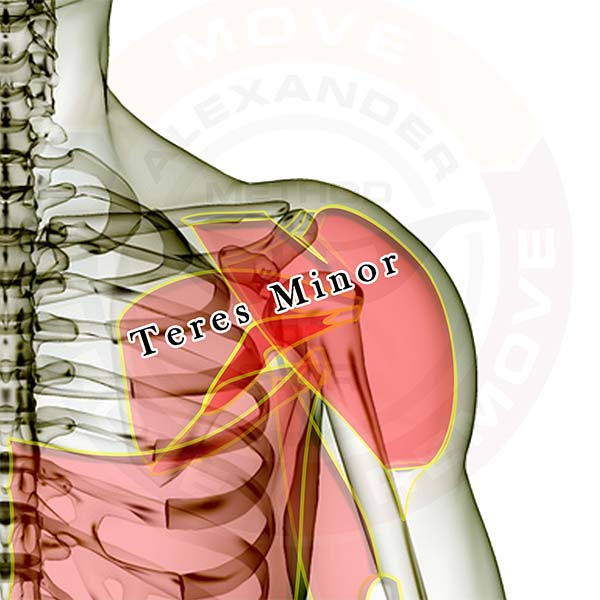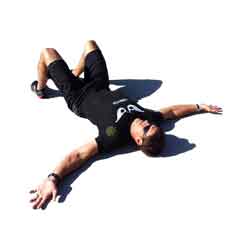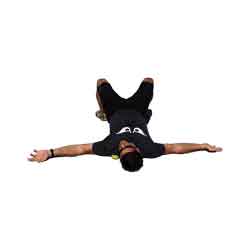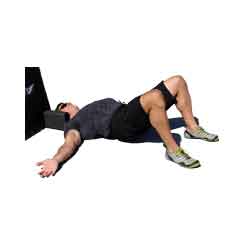
Pictured above are all the muscles that attach to the shoulder blade or cross the shoulder joint (there are a BUNCH of them). The muscles are layered, showing how some of the muscles are covered by the others. All of the muscles are see-through so that you can appreciate the location and size of each muscle relative to the others.
Click here for a list of all the muscles.
Click here to see the deltoid muscles as a group.
Click your area of interest below. (any inactive links will be active soon)
Muscles that attach to the head or neck & the shoulder blade (scapula).
Muscles that cross the shoulder joint (attach somewhere in the torso and to the upper arm).
Muscles that attach to the shoulder blade (scapula) & the spine or ribs.
- Trapezius
- Levator Scapulae
- Rhomboid Minor
- Rhomboid Major
- Latissimus Dorsi
- Pectoralis Minor
- Serratus Anterior
Muscles that attach to the scapula & the arm
- Deltoids
- Supraspinatus
- Infraspinatus
- Teres Minor
- Subscapularis
- Teres Major
- Triceps (long head)
- Biceps Brachii
- Coracobrachialis
- Latissimus Dorsi
Good luck working out those tight knots.
If you have any questions, please post a comment. We try to respond within 24 hours.
We're here to help you get more out of your training!

